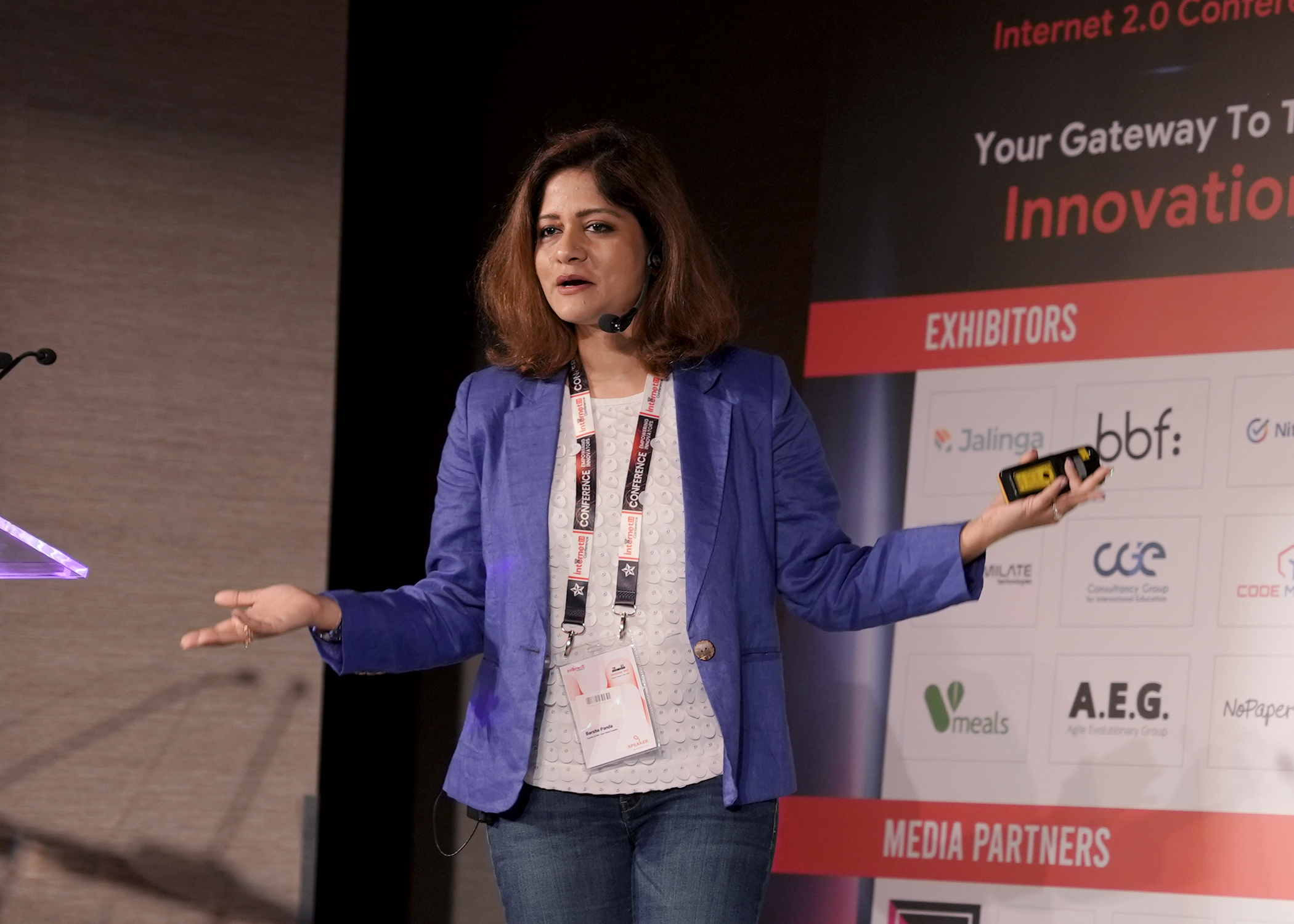
In the fast-changing world of technology, a few new developments can change everything. When the Internet of Things (IoT) and 5G come together, it’s a big step forward that could change how industries work, make our daily lives better, and make things possible that used to only be in science fiction stories.
As we delve into this synergy between IoT and 5G, we uncover the profound implications, real-world applications, and the transformative journey that lies ahead.
The Rise Of IoT And 5G: A Symbiotic Relationship
The Internet of Things, often referred to as IoT, is the interconnected network of devices that can communicate and share data without human intervention. On the other hand, 5G represents the fifth generation of wireless technology, providing faster data speeds, lower latency, and the capacity to connect an unprecedented number of devices.
Together, IoT and 5G form a symbiotic relationship that elevates each other’s capabilities, resulting in a connected ecosystem that is more efficient, responsive, and transformative.
Revolutionizing Industries: The Power Of Convergence
The convergence of IoT and 5G is set to bring a lot of new and creative ideas in different areas. For example, in smart cities, when real-time data moves quickly with 5G and is analyzed well, it can help manage traffic better, use energy smarter, and make public services work better.
In healthcare, using 5G to connect to patients from far away lets doctors help them quickly, which makes healthcare more about preventing problems and fitting to each person’s needs. These technologies can be used in transportation, farming, making things, and more. This could make things work better, cost less, and make customers happier.
A New Dawn For Connectivity: Real-World Applications
When the Internet of Things (IoT) and 5G technology come together, innovation and opportunities open up. Self-driving cars, powered by the super-fast 5G network, can talk to traffic signals and other cars instantly. This makes roads safer and travel smoother. Smart homes filled with IoT gadgets can easily talk to each other, giving people more control and making life easier.
This combination also offers the potential for unique trends like virtual reality, surgeries done by robots from far away, and immersive digital worlds. As we stand where IoT and 5G meet, it feels like there’s no limit to what could happen next.
The Technical Foundation: Accelerating Convergence
The combination of IoT and 5G relies on advancements in wireless communication and data processing. 5G’s improved data speed and capacity enable the smooth transmission of large data volumes produced by IoT devices.
Edge computing processes data closer to its source, reduces delays, and improves real-time responses. These technical enhancements can lead to a future where connectivity is widespread and responsive.
Navigating Challenges: Security & Privacy
The synergy between IoT and 5G brings great benefits, but it also comes with its share of challenges, especially in terms of security and privacy. As we navigate this convergence, several key points deserve attention:
-
Widened Attack Surface
More connected devices mean a larger target for cyberattacks. Vigilant security measures are crucial to prevent unauthorized access, fraud, and potential scam offenses.
-
Data Integrity And Confidentiality
Protecting data as it’s transmitted becomes vital. Encryption and secure communication channels ensure that sensitive information remains confidential and untampered.
-
Identity Management
Ensuring each device’s identity in a decentralized system is a challenge. Strong authentication mechanisms prevent unauthorized access and fraudulent activities.
-
Privacy Balancing Act
IoT’s data collection raises privacy concerns. Clear data collection practices, user consent mechanisms, and transparent privacy policies are essential to maintain user trust and prevent scams.
-
Regulatory Compliance
Different regions have varying data protection regulations. Adhering to these standards prevents legal issues and builds trust among users, deterring scams and spam.
-
Cybersecurity Education
Both technical experts and users need to be educated about potential threats and best practices. This education prevents unauthorized access and fraud.
-
Vendor Collaboration
IoT involves multiple vendors. Collaboration with them to ensure consistent security practices is necessary to prevent scams and ensure safety.
-
Emergency Preparedness
As IoT infiltrates critical sectors, preparedness for potential breaches, scams, or fraud is crucial. Incident response plans mitigate the impact.
The IoT and 5G convergence hold incredible potential, but addressing security and privacy concerns is important. By staying proactive, adhering to best practices, and fostering collaboration, we can ensure that this transformation leads to a safer, more secure digital future.
Shaping Tomorrow Through Tech Conferences
Global tech conferences, like Internet 2.0 Conference, serve as a focal point for the exploration of emerging technologies. Industry experts, thought leaders, and enthusiasts gather to review and share useful insights.
At these events, experts get a chance to talk together about how to use this mix of knowledge and ideas to move ahead. They also talk about tricky subjects like addressing security and ethical challenges in the field of 5G and IoT.
Conclusion
In technological progress, the convergence of IoT and 5G stands as a significant chapter. It’s a story of new ideas that go beyond different fields, making things better and showing how creative thinking can change the world. As we keep moving forward with this coming together of ideas, our future starts to show a clearer picture. It becomes more linked, and it’s really exciting!





